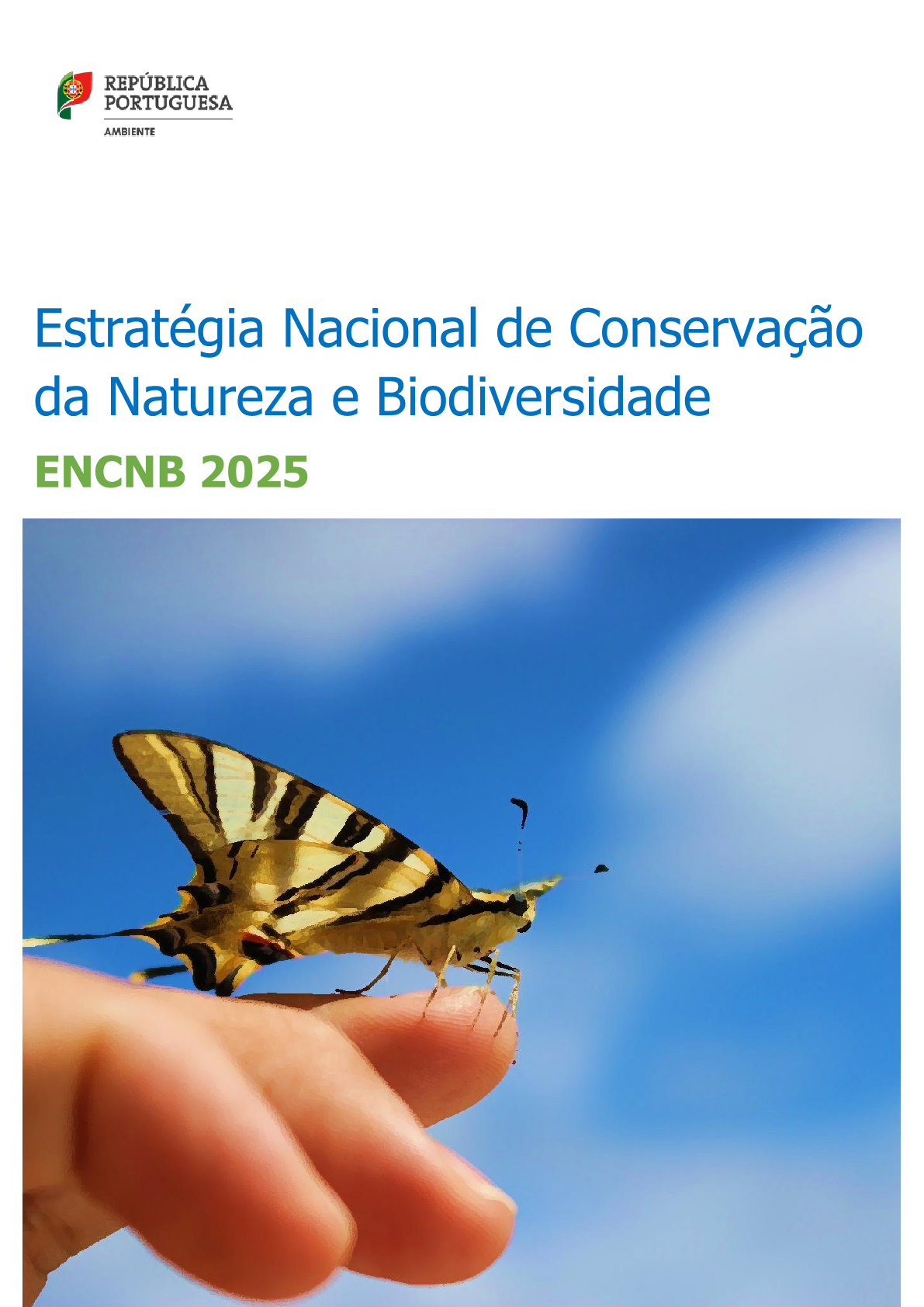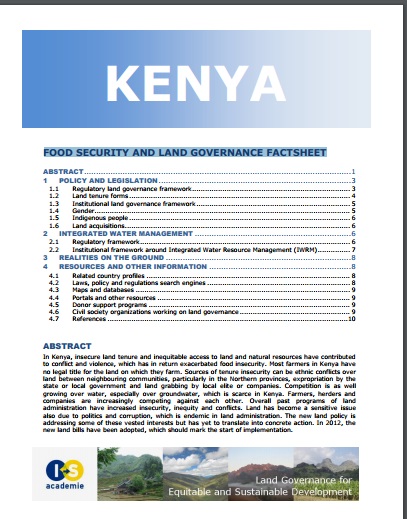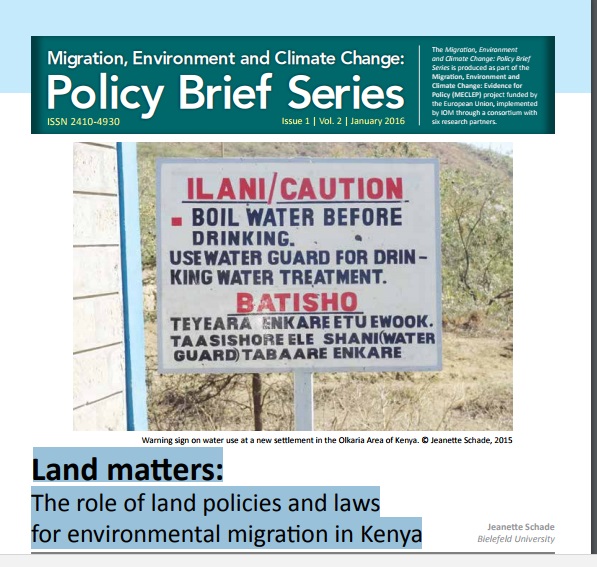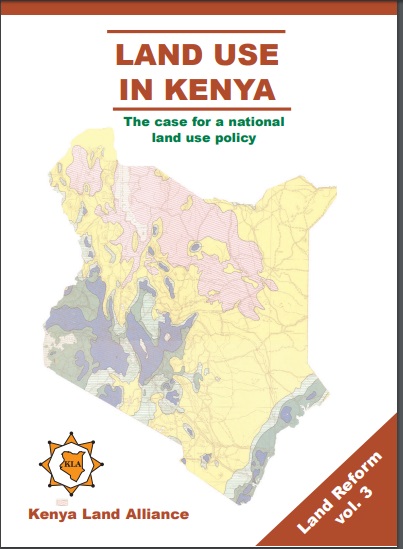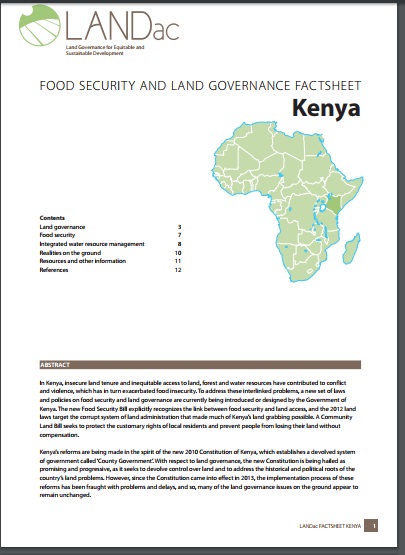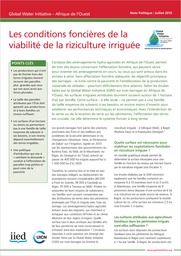Globalland30 Mapping Capacity of Land Surface Water in Thessaly, Greece
The National Geomatics Center of China (NGCC) produced Global Land Cover (GlobalLand30) maps with 30 m spatial resolution for the years 2000 and 2009–2010, responding to the need for harmonized, accurate, and high-resolution global land cover data. This study aims to assess the mapping accuracy of the land surface water layer of GlobalLand30 for 2009–2010. A representative Mediterranean region, situated in Greece, is considered as the case study area, with 2009 as the reference year.


